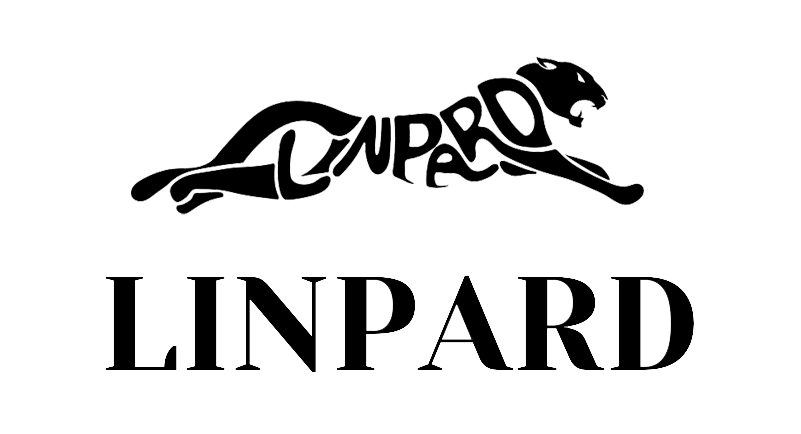Digital Marketing Strategy
Interacting with customers/prospects across a range of digital platforms and devices is what cross-channel marketing, multi-channel marketing, and omnichannel marketing all imply. Today’s customers can fluidly move between inboxes, social networks, computers, tablets, and smartphones, and they naturally want firms to give exceptional services and experiences whenever and wherever they want.
To achieve effective cross-channel marketing strategy, consider the following frequently utilised digital marketing channels.
Email Marketing
Email marketing is one of the most well-known and well-established kinds of digital marketing, and it is frequently utilised by both B2B and B2C marketers. Email marketing allows you to gather customer data across a range of customer journey touchpoints, classify the data to understand prospective customers’ preferences, and eventually get permission to add potential customers to your email list.
Typical email content includes product and service information, corporate and event updates, tailored products/services, customer success stories, case study links, and technical or business briefings. Email marketing requires that emails be opened and read rather than instantly discarded, and tailored content and highly relevant products/services may considerably boost engagement.
Email marketing is both an art and a science, and your emails and digital assets must be captivating. However, take care not to send out too many or too few emails.
Video Marketing
One of the most effective digital marketing mediums is video. Everyone enjoys viewing videos, finding entertainment and learning in them, and sharing them. Every month, more than 2 billion people visit YouTube, according to the company. Video is used by both B2B and B2C customers to make purchasing choices.
Brand exposure, internet traffic, and conversion rates may all be increased with video marketing. For years, blog-embedded video has been a significant aspect of B2B and B2C content marketing strategy.
Sharing video is the key to increasing the visibility of your material. As a result, you must fully use third-party websites (such as YouTube) to promote videos on your website and social media channels, as well as urge people to share your films.
Finally, keep your video brief and to the point. Because audiences have short attention spans, be sure to present excellent material in an interesting manner.
Social Media Marketing
Social networking is a terrific tool for connecting with consumers, prospects, and business partners on a personal level. The target audience really determines the precise social media site to use. Instagram and TikTok are popular with millennials and Gen Z users, while Facebook is now the most popular social media site worldwide. LinkedIn is a wonderful way to connect with B2B customers in the early stages of the purchasing cycle.
While the material on each social media network varies, they all focus on videos and visuals. Therefore, constantly consider how you want your material to be shared on social media and make adjustments appropriately while developing new content.
Additionally, since new platforms keep appearing, marketers must continually modify their digital marketing strategy to make the most of each one. For instance, TikTok, which just launched in September 2016, now has more active users than LinkedIn, Twitter, Pinterest, and Snapchat combined.
Message Information(SMS and MMS)
Text messaging is the most direct form of client communication after email marketing. Similar to social media marketing, simply a brief message will be effective. Short messaging Service (SMS), which just carries text, and multimedia message (MMS), which incorporates video and GIF, are the two categories into which text messages may generally be split.
Content Marketing
Content marketing allows you to reach out to various prospective consumers and customers in a customised manner. The more tailored the material, the more it may pique the audience’s interest and attention. Your material should be relevant to your target audience’s goals and interests, and it should enable consumer contact and conversion.
Emails, landing pages, infographics, ebooks, business newsletters, banner advertising, videos, commercials, newsletters, press releases, articles, blogs, and digital postcards are examples of content types used in content marketing. The same material may (and should) be utilised across numerous media, but all content should have a consistent voice and message.


